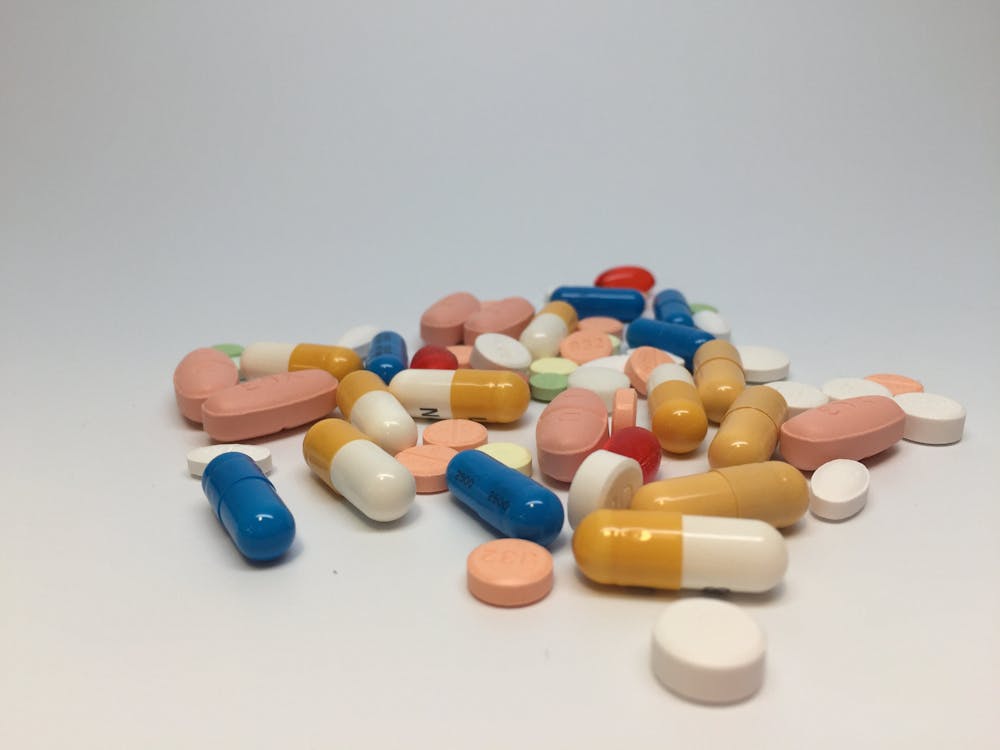In a groundbreaking development, a team of Hopkins researchers has unveiled an innovation in HIV therapy that promises to transform the lives of individuals with the virus. This research, published in the Journal of the American Chemical Society, offers a novel method to maintain clinically sufficient drug levels through an injectable solution that autonomously forms into a hydrogel.
This hydrogel has the potential to rewrite the rules of HIV therapy, which has long been characterized by the necessity of lifelong management, often involving daily pill regimens. These pills are used for the prevention of infection as well as for the reduction of viral load. However, maintaining drug levels in the bloodstream at concentrations that effectively suppress the virus is a challenging endeavor as the body naturally removes chemicals. In addition, patients often experience "pill fatigue,“ and adherence to a rigorous medication schedule is necessary for the pill’s effectiveness.
According to the study’s co-author, Professor in the Division of Clinical Pharmacology and Infectious Diseases Charles Flexner, this research will fundamentally change HIV treatment.
“[Hydrogel therapy will] revolutionize how we manage HIV and represent the next phase in the evolution of treatment,” he said in an interview with The News-Letter. “There’s a real need for new ways to deliver drugs to treat and prevent HIV that do not require taking pills every day.”
The team’s article details how this hydrogel treatment would remove the need for frequent dosing and solve problems associated with patient adherence to medical regimens. Their innovative approach harnesses the reversible properties of supramolecular polymers to create self-assembling drug amphiphiles (DAs) based on lamivudine, a water-soluble antiretroviral agent (ARV), used to treat patients with HIV and the hepatitis B virus. These ARV DAs form supramolecular filaments when dissolved in water. Upon exposure to specific conditions, they transition into a gel state enabling a sustained, linear release of the drug beneath the skin.
In vivo studies have demonstrated the injectability, rapid gel formation, local retention and long-acting release of therapeutically effective lamivudine concentrations for over 40 days in mice while triggering a minimal response from the immune system. This breakthrough potentially eliminates the need for daily medication, offering a more convenient and effective treatment option for individuals managing HIV.
This research began over two years ago, with Flexner noting that the project evolved progressively, building upon both past setbacks and advances. They encountered challenges in incorporating certain anti-HIV drugs into the hydrogel for long-acting delivery.
“We have learned from past failures as well as successes to get to where we are today,” he said.
He expressed optimism that future research could overcome previous obstacles by utilizing more advanced chemistry techniques. Looking forward, Flexner highlighted the broad applications of hydrogel technology in drug delivery.
“There are an almost limitless number of small molecules that can be incorporated into the peptide polymers for subcutaneous injection,” Flexner said.
He envisions the project's future to involve incorporating other HIV drugs into the hydrogel and, ultimately, developing a single polymer backbone capable of delivering multiple anti-HIV drugs simultaneously with a single injection.
According to Flexner, the project not only offers hope for more effective HIV treatment but also showcases the power of interdisciplinary collaboration. The treatment draws on the work of experts in clinical drug development and scientists from the Department of Chemical Engineering in the Whiting School of Engineering.
“It’s an example of the best that Hopkins has to offer in terms of bringing people together from very different schools with a common interest to solve a very important problem,” Flexner said.





